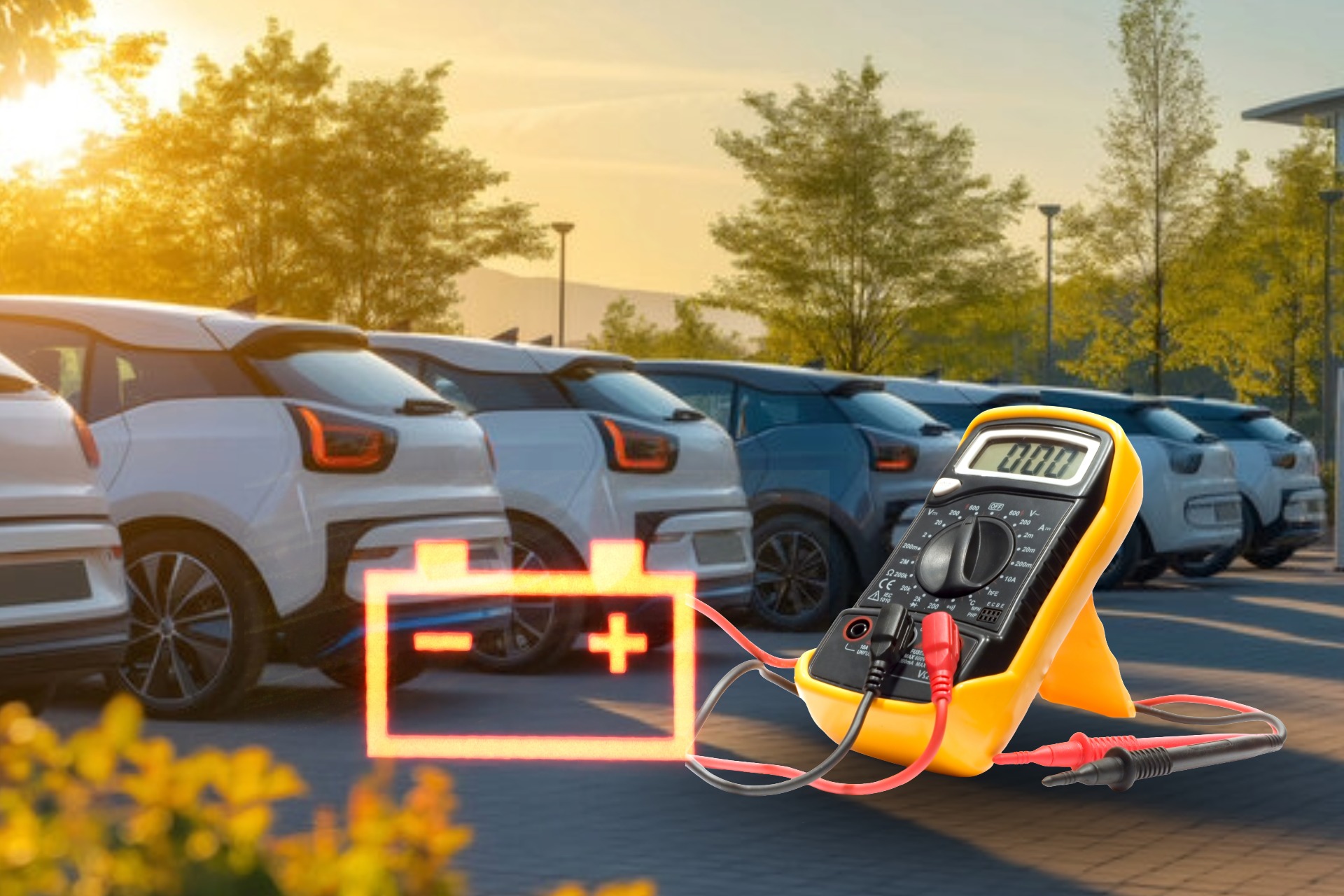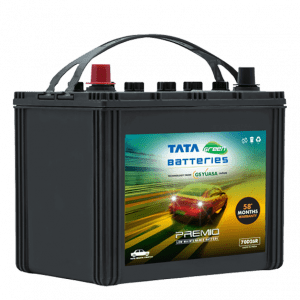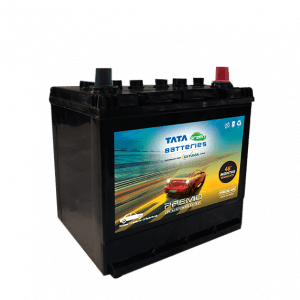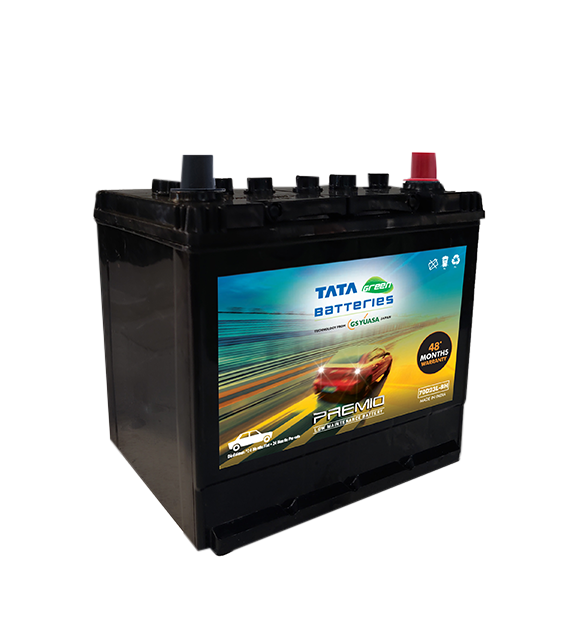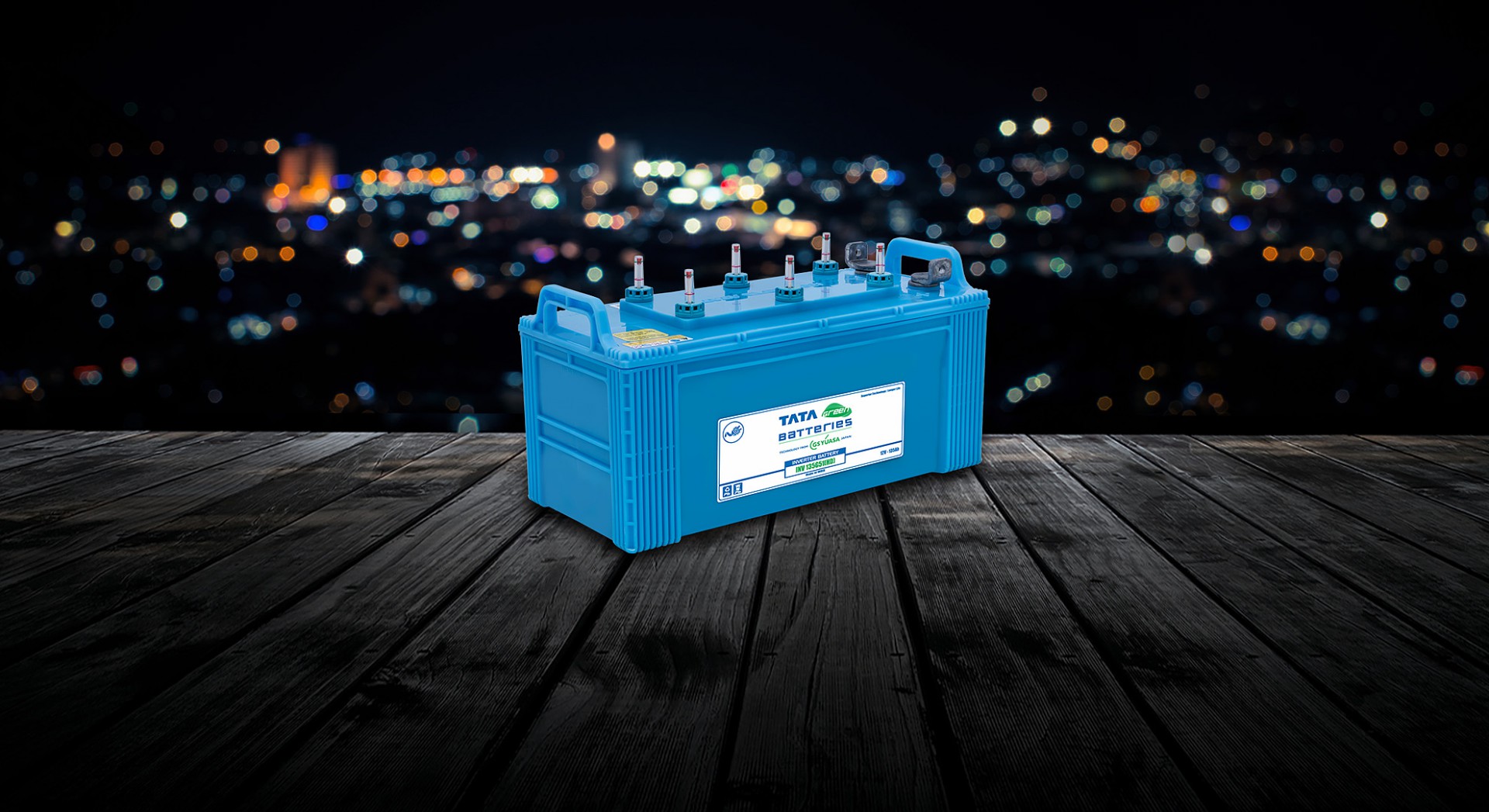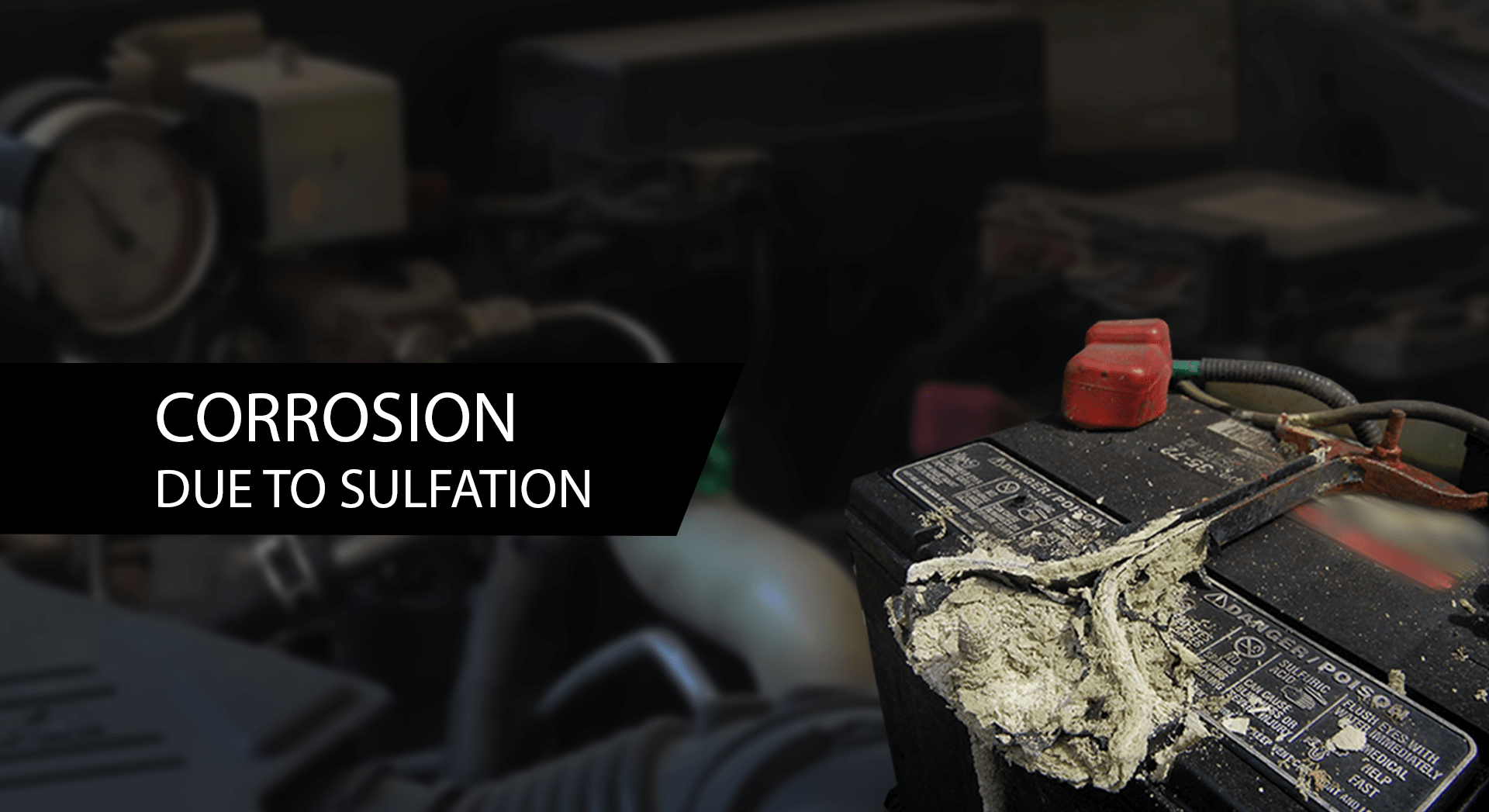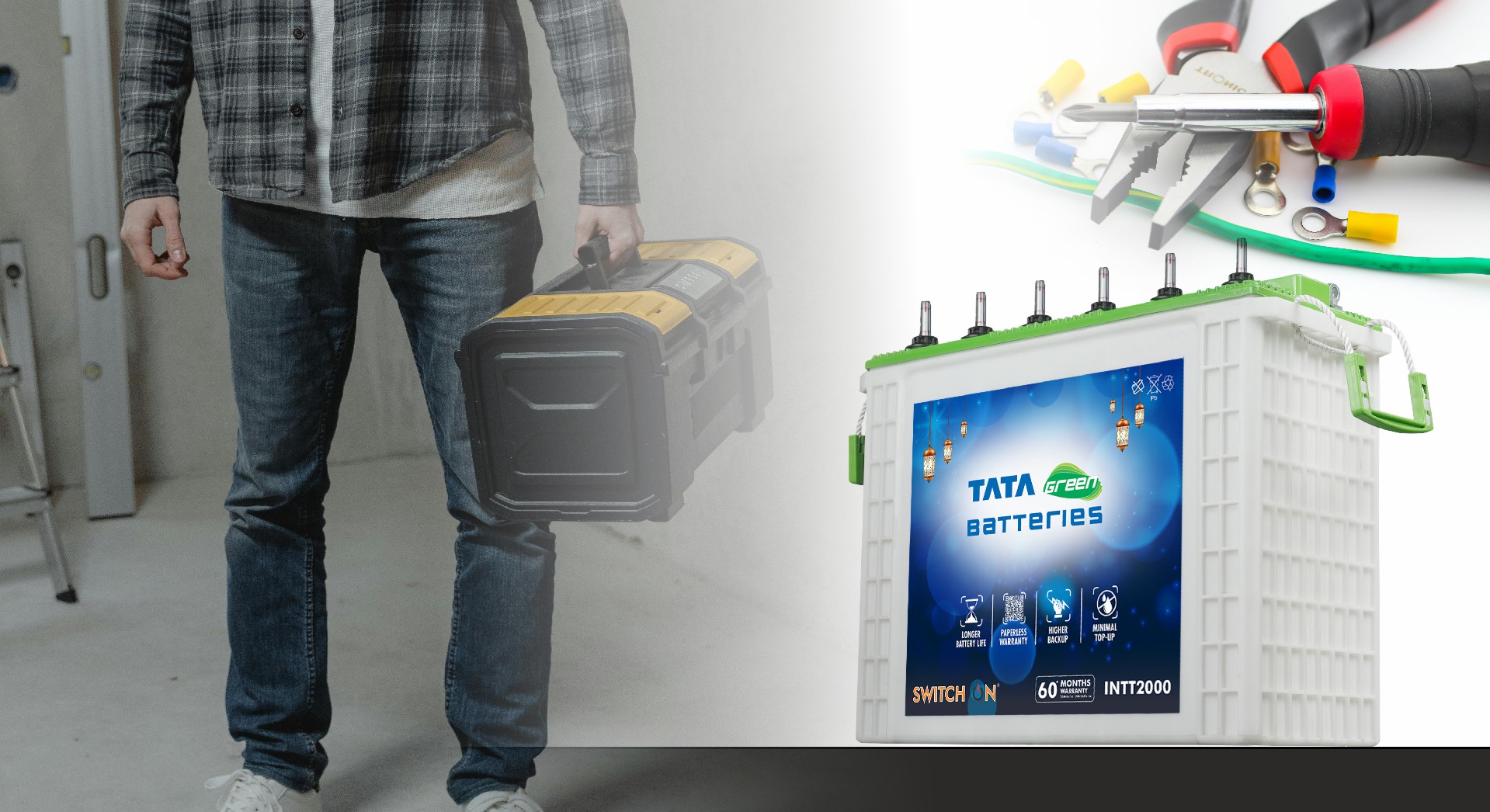A vehicle’s battery may look like a small component. However, it plays a major role in starting the engine and keeping all electrical systems running smoothly. Many times, sudden starting troubles are linked to a weak or poorly maintained battery. The good news is that you don’t need to be a mechanic to keep your battery in good condition. With a few simple checks and regular care, you can extend the life of your battery and avoid being stranded at the wrong time.
Here are three easy steps to keep your battery healthy.
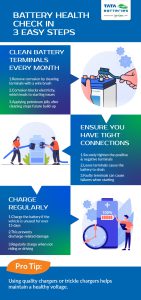
Clean the Battery Terminals Every Month
Battery terminals are the two metal points on top of the battery that connect it to the rest of the vehicle’s electrical system. Over time, these terminals often develop a layer of white or greenish corrosion. This build-up happens due to chemical reactions and moisture, especially in humid or coastal areas.
Corrosion may look harmless. But it acts like a block in the flow of electricity. If the current cannot pass smoothly, the vehicle may struggle to start or not start at all. That is why it is important to clean the terminals at least once a month.
You can use a simple wire brush to scrub off the corrosion. Always make sure the vehicle is switched off before you begin. Once the terminals are cleaned, wipe them dry and apply a thin layer of petroleum jelly. This coating helps prevent future build-up and keeps the connection free of moisture. By following this routine, you can save yourself from unexpected starting issues.
Ensure You Have Tight Connections
Even if your battery is new, loose connections can create big problems. The positive and negative terminals must be tightly secured to the battery. When they are loose, the battery can drain faster because the current is not flowing correctly. In some cases, a vehicle may not start even though the battery is perfectly charged, simply because of a poor connection.
Check the clamps that hold the terminals every few weeks. If they move easily by hand, tighten them carefully with the correct tool. Be gentle, as overtightening may damage the terminals. Also, look for any cracks or worn-out parts on the connectors. Faulty terminals can interrupt the power supply and leave you stuck in the middle of your journey.
Taking two minutes to ensure a tight and clean connection can make all the difference between a smooth start and an unnecessary hassle.
Charge regularly
Batteries lose charge naturally even when the vehicle is not in use. If your car or bike is parked for more than 15 days, the battery may get discharged. This is common during long holidays, work-from-home periods or when you own multiple vehicles and do not use one often.
A discharged battery not only causes starting problems but can also be permanently damaged if left unused for too long. To avoid this, make it a habit to start the vehicle once every week and let the engine run for at least 10–15 minutes. This gives the battery time to recharge through the alternator.
If the vehicle will remain unused for a long stretch, consider giving the battery a direct charge. The best thing to do is to use a good-quality charger or a trickle charger, which is one of the safest ways to maintain voltage and keep the battery in a healthy condition.
Keep Your Battery Ready for Every Drive
A little attention goes a long way in extending the life of your battery. Cleaning the terminals, checking the tightness of connections and charging regularly are three simple but effective steps. These habits reduce the chances of sudden breakdowns and ensure that your vehicle is always ready when you need it.
With regular care, your battery will last longer and perform better, giving you peace of mind every time you start your journey. And if you are looking for reliable performance over the long term, batteries from Tata Green Batteries are a trusted choice for many Indian drivers.

